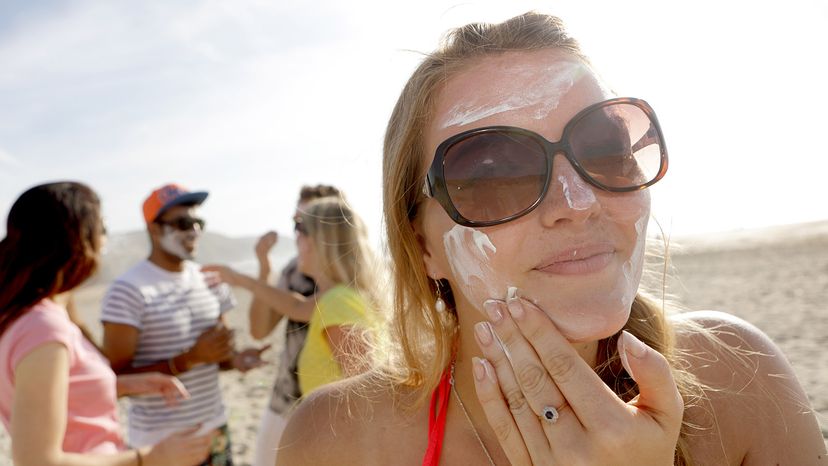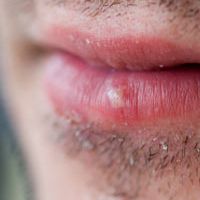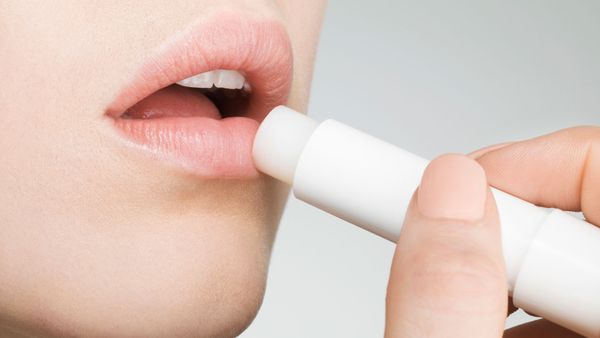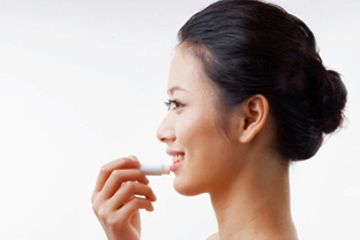
Once summer hits and the sun beckons, the last thing you want to do is stay inside. Unfortunately, the risks associated with sun exposure are real — and ignoring them can easily ruin a lazy summer day. For example, you may slather sunscreen on your skin regularly, but forget certain body parts. If you don't put a lip balm with sun protection factor (SPF) on your lips, you risk sunburns and blisters on the sensitive skin there.
Overexposure to the sun, especially if you're fair-skinned, can lead to sunburn. Simply put, sunburn is a type of skin damage that results from excessive exposure to the sun's ultraviolet (UV) rays. Sunburns can range from a mild pink, first-degree burn to more dangerous second-degree burns. When you experience one of the latter burns, your skin may blister [source: Nissl].
Advertisement
These sun blisters can be small, hardly noticeable water blisters, or they may be larger, more painful blisters. Due to the natural sensitivity of your mouth, either can cause discomfort and lead to infection [source: Nissl].
While any skin damage is serious, sun blisters often can be treated at home. In fact, small blisters that remain unbroken will often clear up on their own [source: Nissl Home]. However, you may want to take other action to help the process along due to the discomfort the blisters can cause. Over-the-counter lotions and medications, as well as several helpful home remedies, are available to help you treat your sun blisters effectively.
If you have sun blisters, you may be in too much pain to whip up a home remedy. Read on to the next page to find out how to quickly relieve some of your discomfort so you can begin healing.
Advertisement


